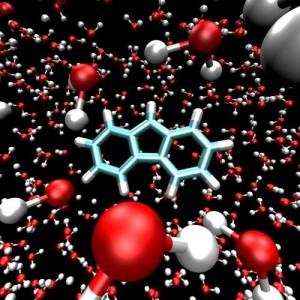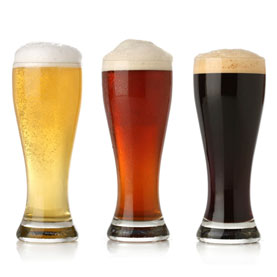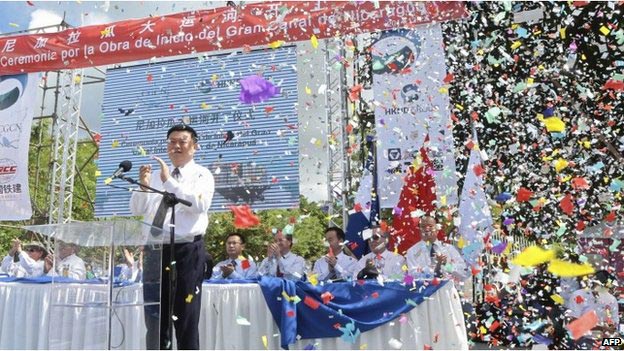Minimizing yield losses while reducing groundwater usage is a continual goal for Texas A&M AgriLife Research scientists on the High Plains, where quantities of water from the Ogallala Aquifer are diminishing.
 A 2014 study led by Dr. Wenwei Xu, AgriLife Research corn breeder in Lubbock, and Thomas Marek, AgriLife Research irrigation engineer in Amarillo, and contributed to by Texas Tech University graduate students Karl Brauer and Traci Bland, showed the biggest factor in corn silage quality was water.
A 2014 study led by Dr. Wenwei Xu, AgriLife Research corn breeder in Lubbock, and Thomas Marek, AgriLife Research irrigation engineer in Amarillo, and contributed to by Texas Tech University graduate students Karl Brauer and Traci Bland, showed the biggest factor in corn silage quality was water.
The objective of this study, supported by the U.S. Department of Agriculture Ogallala Aquifer Program, is to determine if the brown midrib, or BMR, trait affects water use efficiency, as well as length of maturity and level of irrigation, Xu said. Read more





